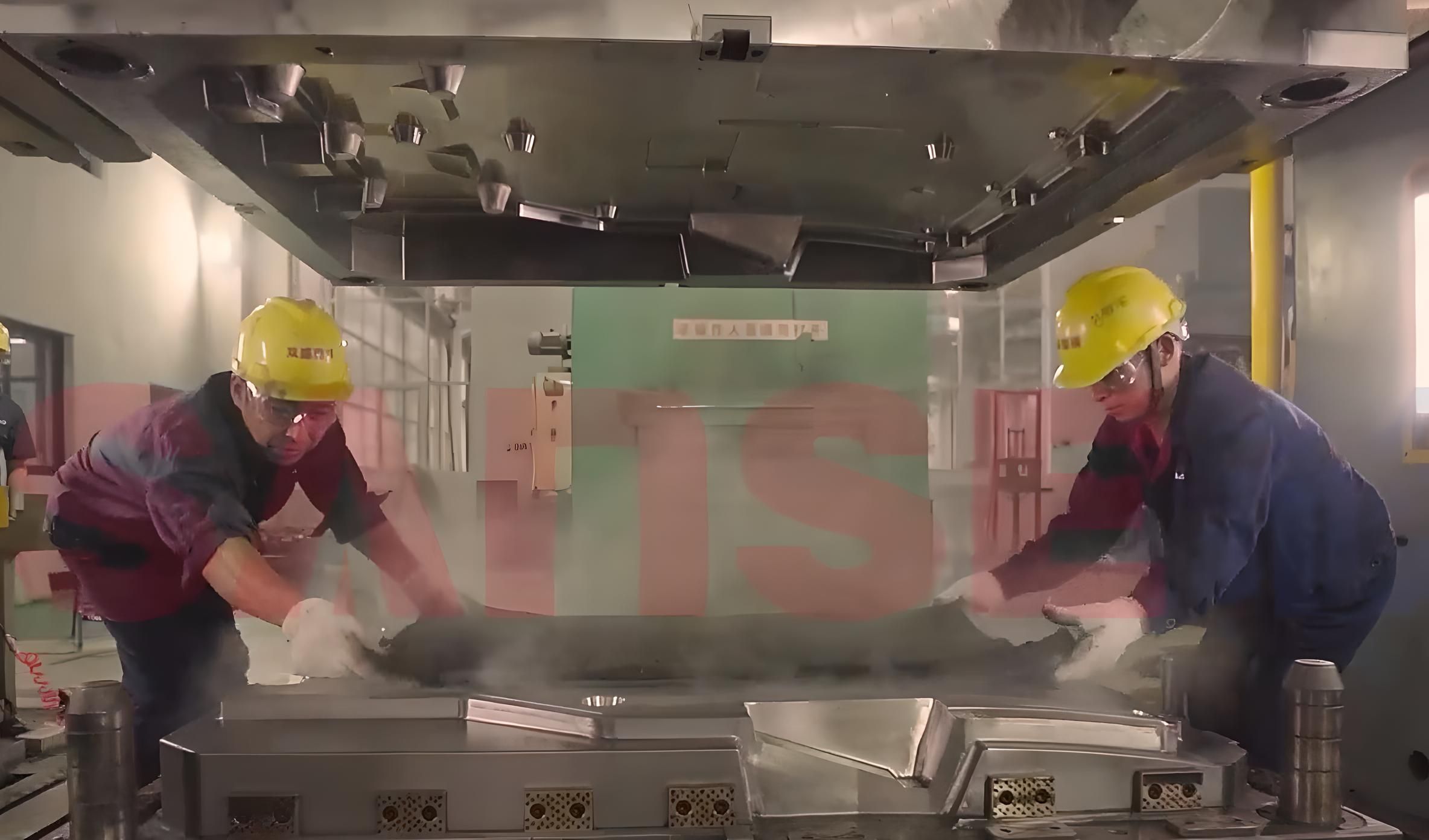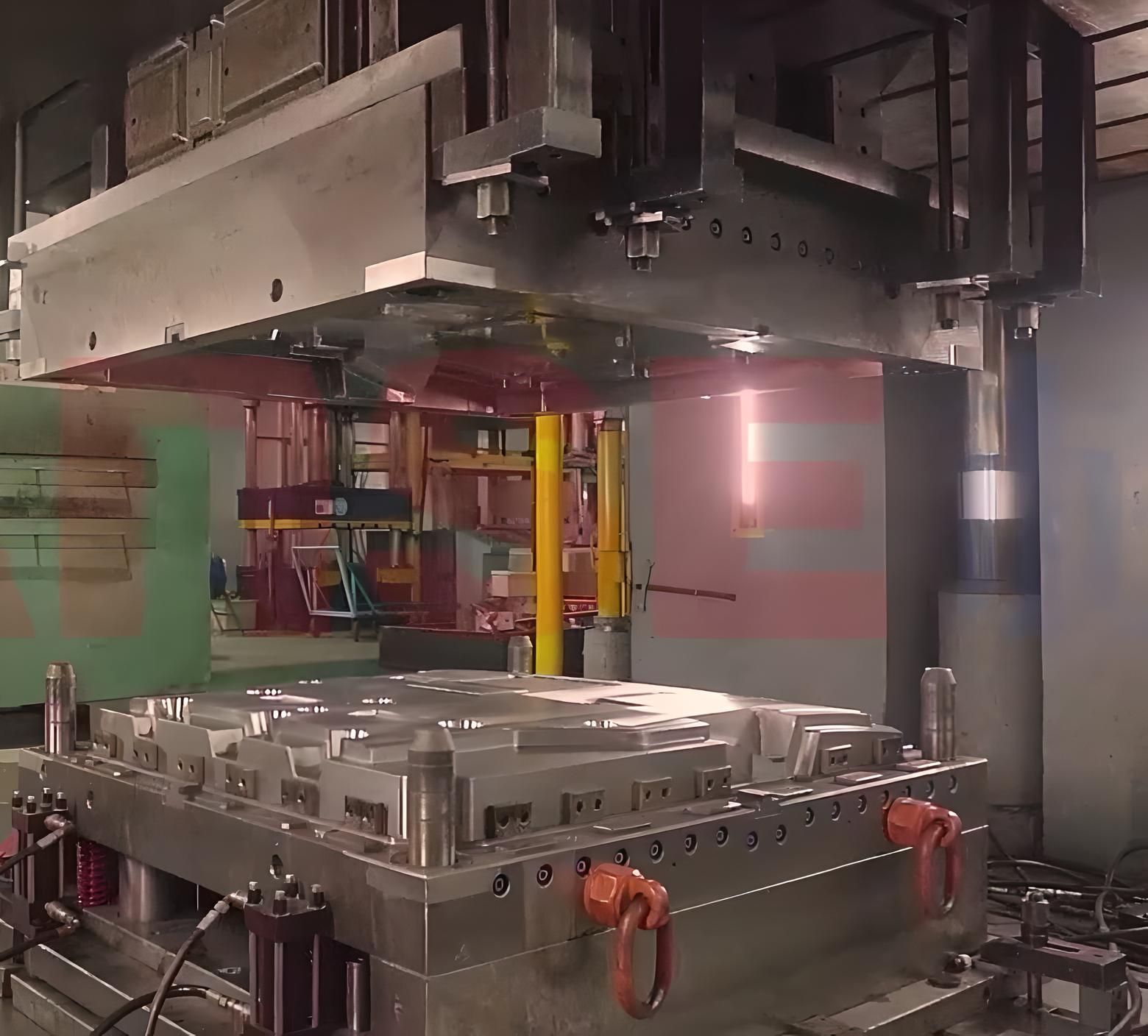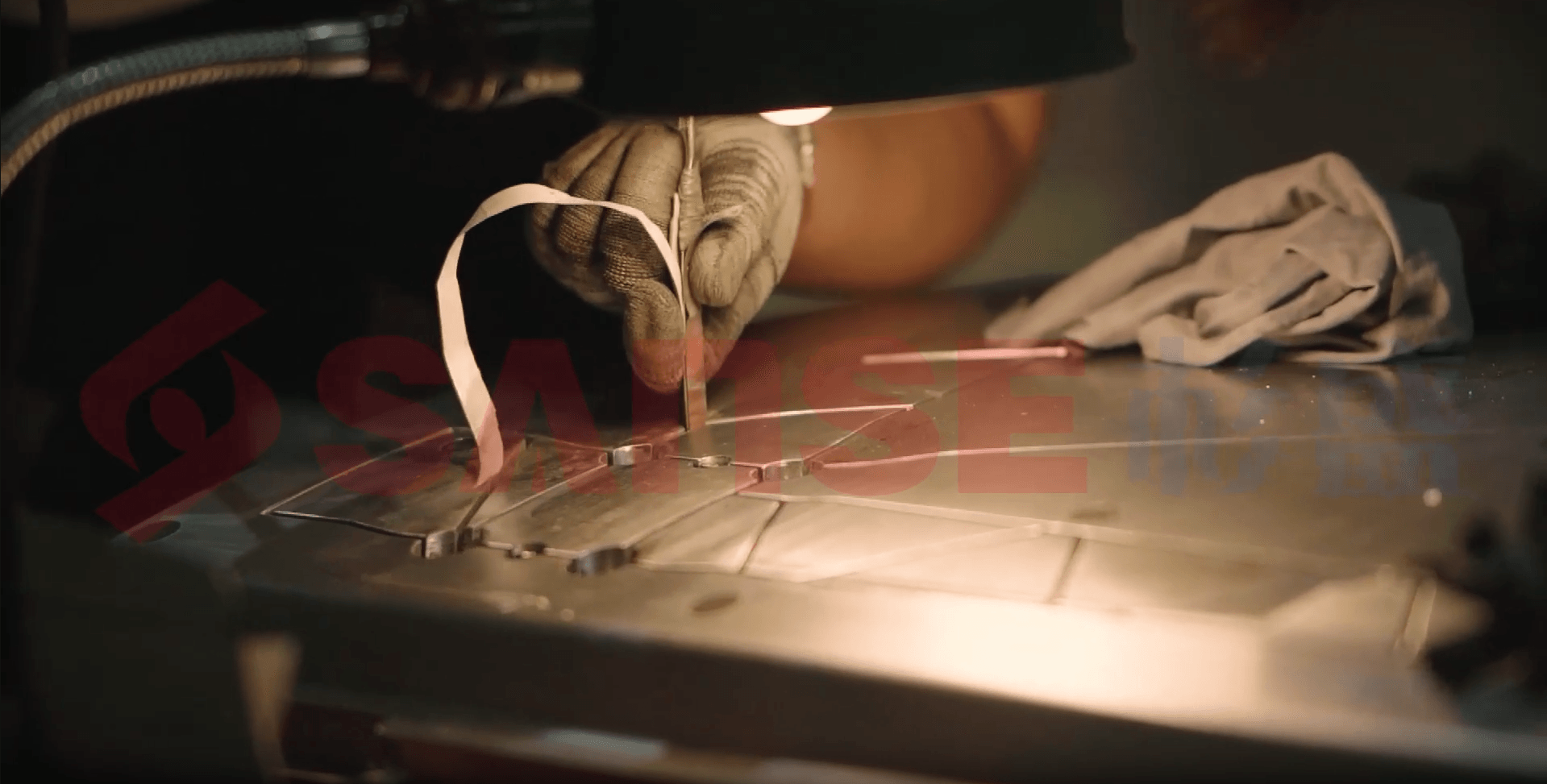1. High Strength and Durability
One of the most significant advantages of compression molding is the production of high-strength and durable components. The process involves placing a pre-measured amount of material, such as Sheet Molding Compound (SMC) or Bulk Molding Compound (BMC), into a heated mold. The mold is then closed, and pressure is applied, causing the material to flow and conform to the mold's shape. This results in components with excellent mechanical properties, including high tensile strength, impact resistance, and durability. These attributes are crucial for applications in the automotive, aerospace, and industrial sectors, where parts are subjected to rigorous conditions.
2. Cost-Effectiveness
Compression molding is renowned for its cost-effectiveness, particularly in the production of large, complex parts. The process requires relatively low tooling costs compared to other molding techniques like injection molding. Additionally, the ability to use high-performance composite materials reduces the need for secondary operations, such as machining or finishing, further lowering production costs. For businesses looking to optimize their manufacturing budget, compression molding offers a financially viable solution without compromising on quality.

3. Design Flexibility
The design flexibility afforded by compression molding is another notable advantage. Manufacturers can create intricate and complex shapes that would be challenging or impossible with other molding processes. This flexibility is particularly beneficial in the production of custom components tailored to specific applications. Moreover, the process allows for the incorporation of inserts, such as metal or plastic, within the molded part, enhancing functionality and reducing assembly time.
4. Material Versatility
Compression molding supports a wide range of materials, including thermosetting resins (e.g., epoxy, polyester) and thermoplastic composites. This versatility enables manufacturers to select the most appropriate material based on the desired properties of the final product. For instance, thermosetting resins are ideal for high-temperature applications, while thermoplastic composites offer excellent toughness and flexibility. The ability to choose from various materials ensures that the final product meets specific performance requirements.
5. Efficient Production Process
The efficiency of the compression molding process is another key advantage. The cycle times are relatively short, typically ranging from a few minutes to several minutes, depending on the part's complexity and material. This rapid production capability makes compression molding suitable for both high-volume and low-volume manufacturing runs. Additionally, the process generates minimal waste, as excess material can often be recycled and reused, contributing to a more sustainable manufacturing approach.
6. Consistent Quality and Precision
Compression molding delivers consistent quality and precision, essential for industries requiring high-performance parts. The controlled application of heat and pressure ensures uniform material flow, resulting in components with tight tolerances and repeatable properties. This consistency is vital in sectors such as automotive and aerospace, where even minor deviations in part specifications can have significant consequences.

7. Enhanced Surface Finish
Parts produced through compression molding often exhibit superior surface finishes, reducing the need for post-processing operations. The mold design and material selection play crucial roles in achieving a smooth and aesthetically pleasing surface. This enhanced finish is particularly advantageous in applications where visual appeal is important, such as consumer goods and electronics.
8. Lower Environmental Impact
Compression molding contributes to a lower environmental impact compared to other manufacturing processes. The use of composite materials often involves lower energy consumption during production, and the process generates less waste. Additionally, the durability and longevity of compression-molded parts reduce the need for frequent replacements, minimizing the overall environmental footprint.

Conclusion
Compression molding stands out as a highly advantageous manufacturing process, offering high-strength and durable components, cost-effectiveness, design flexibility, material versatility, and efficient production capabilities. Its ability to deliver consistent quality, enhanced surface finishes, and a lower environmental impact further solidifies its position as a preferred choice across various industries. For businesses seeking a reliable and efficient manufacturing solution, compression molding presents a compelling option that meets the demands of modern production requirements.
By understanding and leveraging the advantages of compression molding, manufacturers can optimize their operations, enhance product performance, and achieve significant cost savings. Whether in automotive, aerospace, industrial, or consumer goods sectors, compression molding continues to be a cornerstone of advanced manufacturing technologies.
